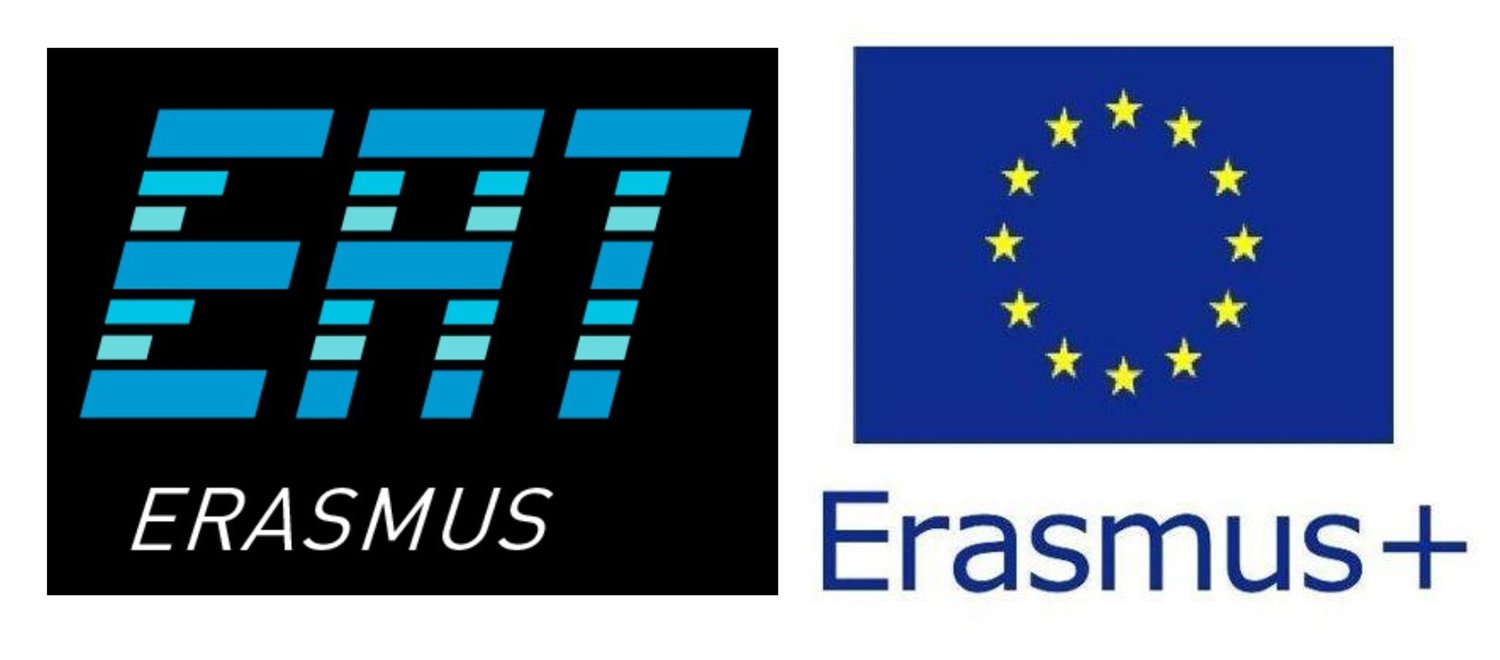1.7 Measuring SRL
SRL can be measured in different ways (Winne, 2015; Winne & Perry, 2000). It can be measured as an aptitude, as a process, and through ‘in the moment’ measures’ (Al’ Adawi, 2021). Asking students to reflect on the ways in which they manage their learning can impact their behaviours. Using the EAT Framework (Evans, 2016, 2020), students’ perceptions of their engagement had significant impacts on student learning outcomes but not in all contexts (Evans et al., 2019).
Aptitude measures include self-report questionnaires, structured interviews-using hypothetical scenarios, and educator judgements. A key issue with questionnaires relates to students’ accurate perceptions of their abilities and tendency to be compliant with the giving of what they perceive are wanted responses from an educator. However, as Kyndt et al. (2011) found, perceptions of SRL capacity may be more important than actual SRL in impacting outcomes. In addition, lack of standardization of the definition of concepts and of measurement instruments makes it difficult to compare results across studies.
One of the major challenges with testing the validity of SRL measures is the general absence of a control group where no intervention was made (a challenge exacerbated by many measures being active interventions in themselves). So, while measures – especially self-reported scales – may have validity as instruments, their efficacy as diagnostic or predictive tools, and/or as training or development aids, is still an open question.
The extent to which questionnaires translate to other contexts (e.g., from school to HE; from one cultural context to another) needs consideration (reliability and validity need to be checked).
Questionnaires have potential to be used over different time phases (pre-during-post an intervention) to explore changes in students’ perceptions and the impact of these on any outcome measures. They can also identify different trajectories for different groups of students.
Measuring SRL as an event/process can be done through think-aloud measures, methods of error detection, trace methodology and other measures that observe task execution in practice. Assuming that SRL is an activity, conducting these tests requires completing tasks or being involved in an activity, through which learners can report the details of the strategies and processes they utilise to succeed, in order to capture how students self-regulate their learning in real time as a concurrent, active, and contextualised process (Dent & Koenka, 2016).
Bandura’s ’Microanalytical’ approach to measuring self-regulated learning involves a series of small interventions with the learner, before, during and after the learning activity (Bandura et al. 1982). The use of microanalytical methodologies for measuring SRL, include different self-reports of SRL, may provide a better predictor of student performance than questionnaire instruments (DiBenedetto & Zimmerman, 2013).




